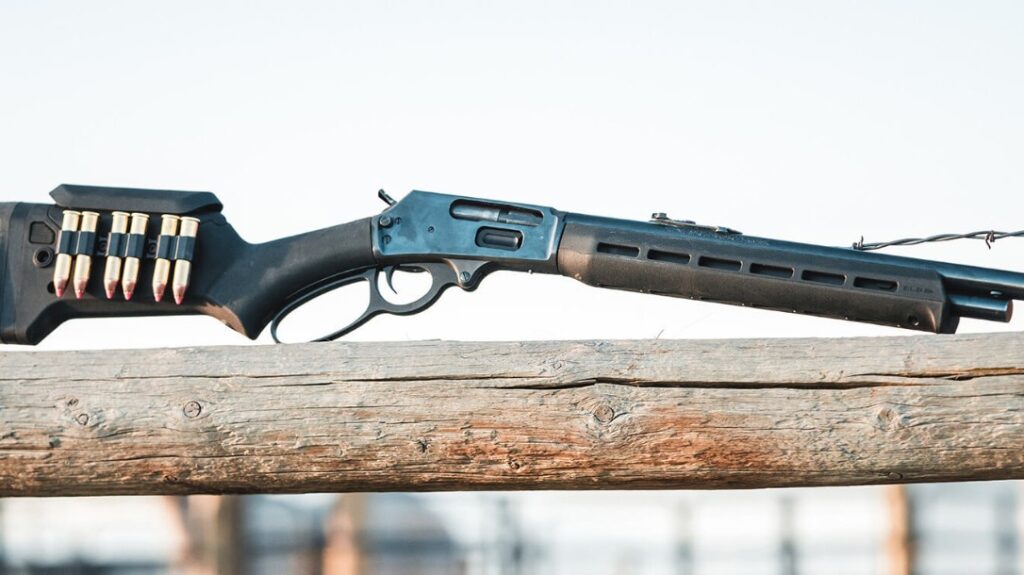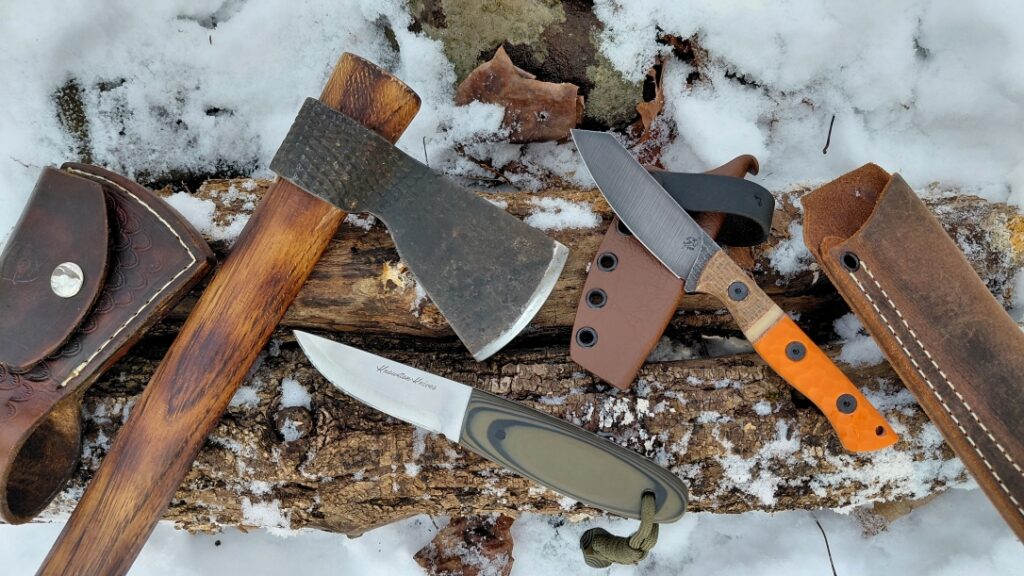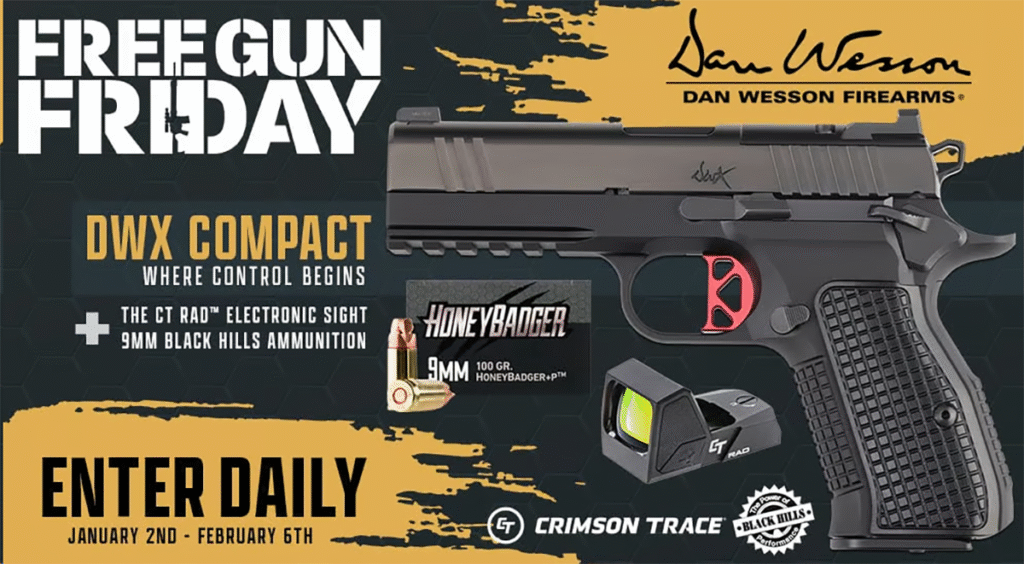Accuracy Evaluation
Typically, most gun reviews include some accuracy evaluations where the gun is fired from a rest or at some distance. In my original review, I shared some NRA B-8 scores from targets I shot freestyle at 25 yards. The editor graciously allowed that due to some challenges with the venue where I shot. Suffice it to say, this was another reason I wanted to write a revised review: for the chance to actually bench and “chrono” the Beretta 92X Performance pistol—something I had never technically done before.
I grouped three different factory-loaded 9mm cartridges: the HOP Munitions 147-grain RN Poly match round, the Nosler 115-grain ASP JHP cartridge, and the Staccato Range 124-grain FMJ loads. For this re-evaluation, I fired 20 rounds of each factory load over my chronograph, dividing the 20 rounds into two groups of 10 rounds each.
Advertisement — Continue Reading Below
Here’s the part where I confess to having the sights zeroed for 124-grain Speer Lawman at 5-yards. Due to their Italian service pistol heritage, Beretta 92s tend to do best with 124-grain ammunition, but this doesn’t preclude them from firing and cycling other weight bullets either.
In the case of the Beretta 92X Performance, the rear sight is fully adjustable for both windage and elevation, which makes it even easier to marry a load to the gun.
HOP Munitions 147-Grain RN Poly

Advertisement — Continue Reading Below
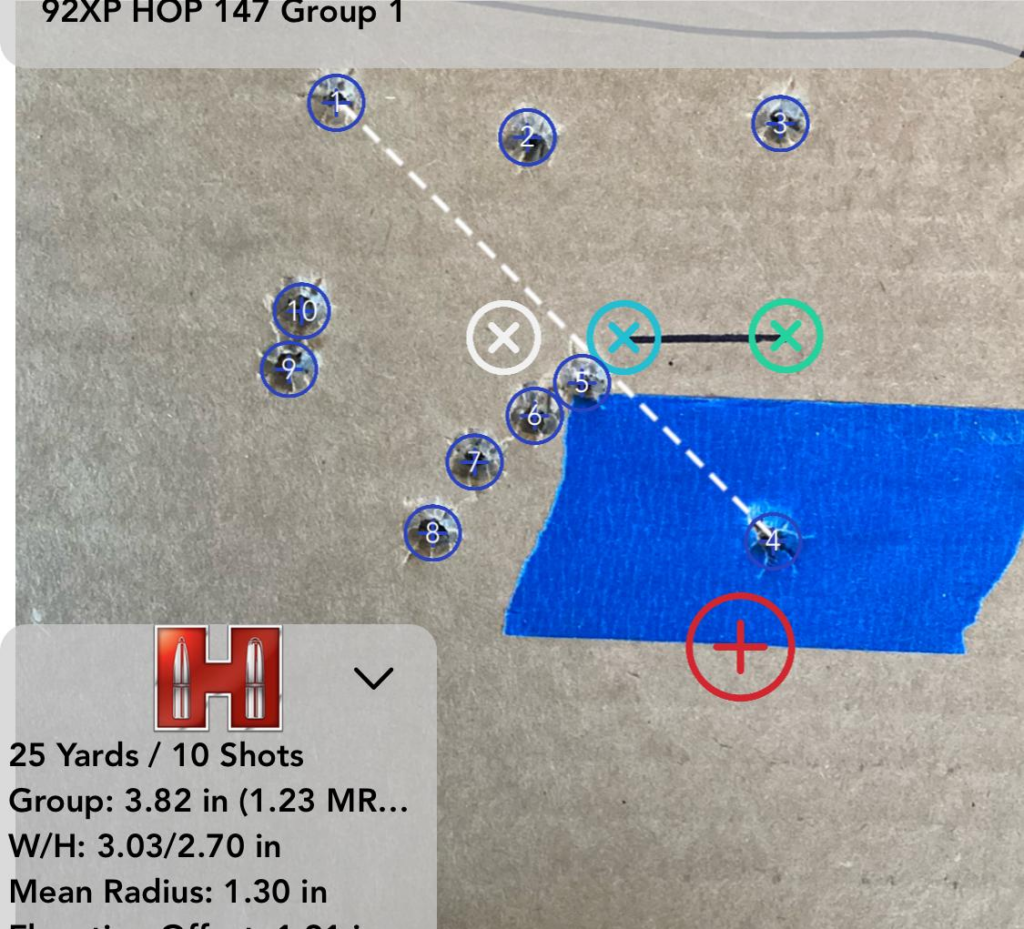

There are some flyers in both groups that I’m not proud of, and that were my fault, but the mean radius still has something to say. Keep in mind that as a rule of thumb, slower-moving and heavier 9mm 147-grain bullets tend to print slightly wider groups. I’ve observed this in my own hand loads with varying powder charges, too. All 20 rounds fired and cycled cleanly without any stoppages.
Advertisement — Continue Reading Below
Nosler 115-Grain ASP JHP
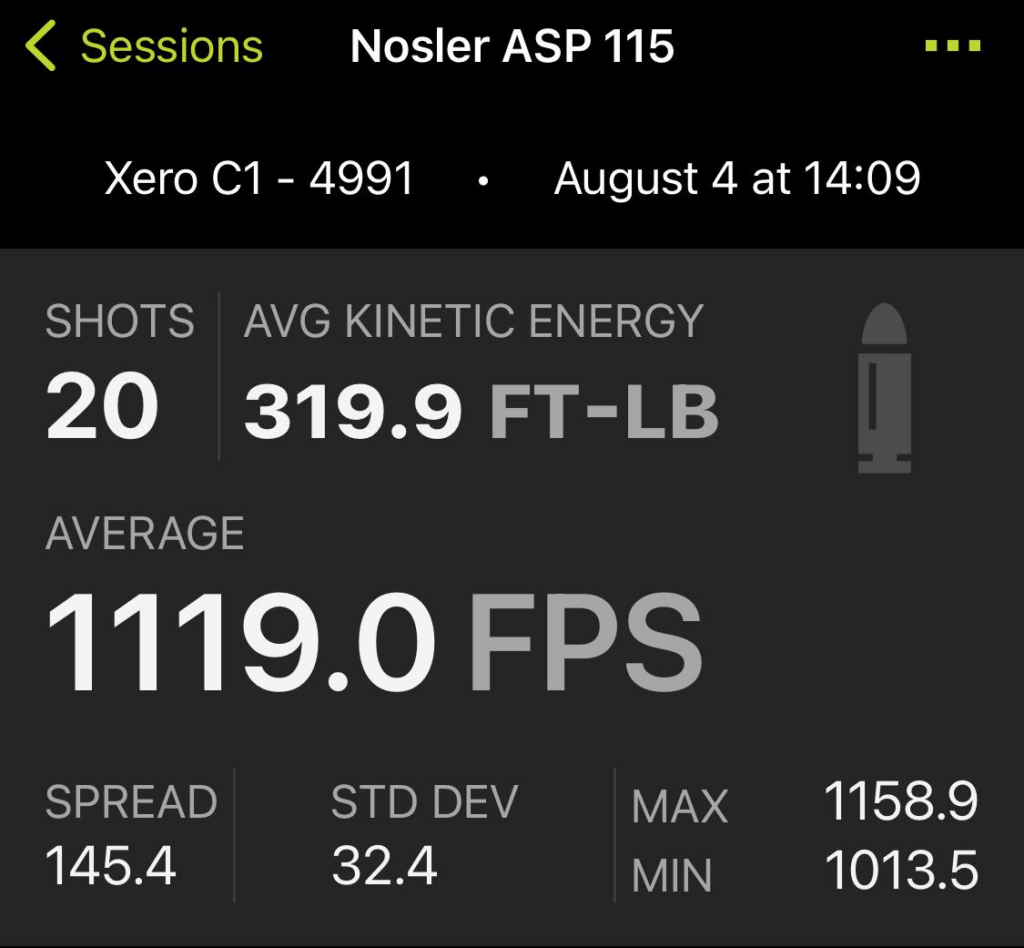
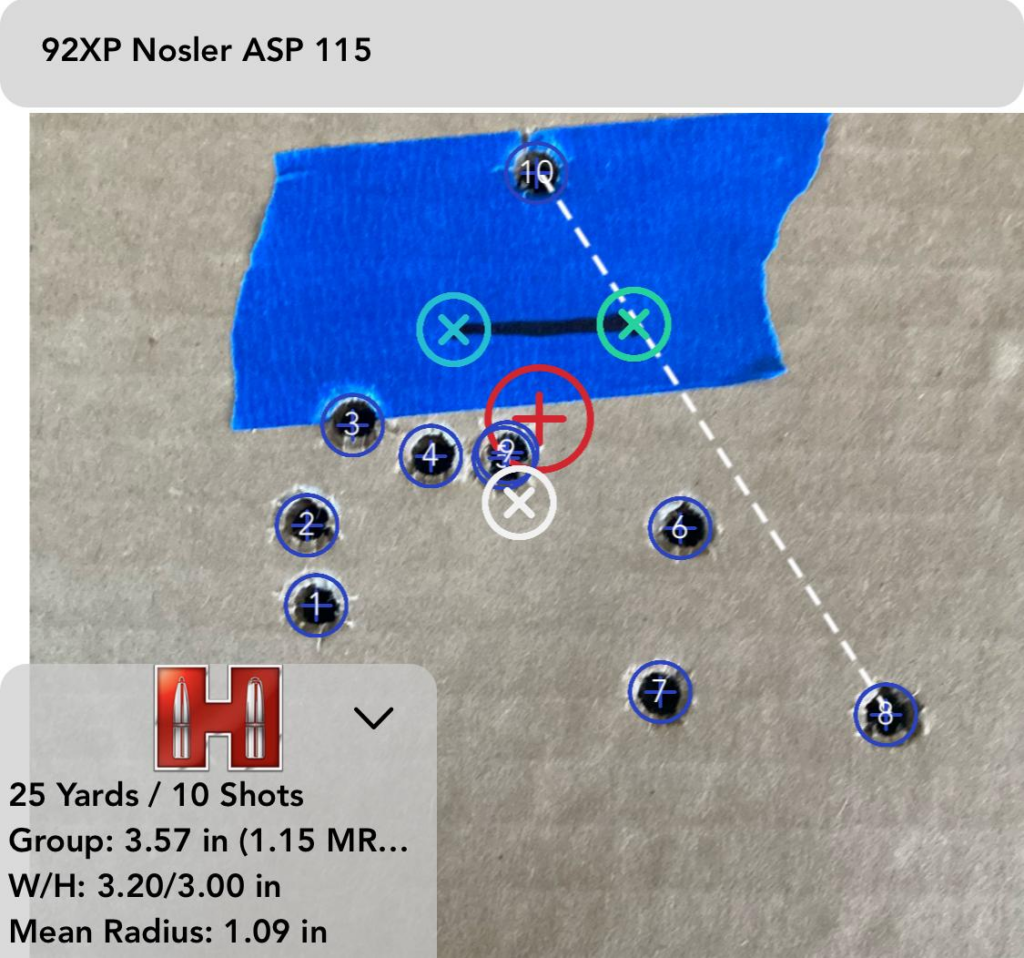
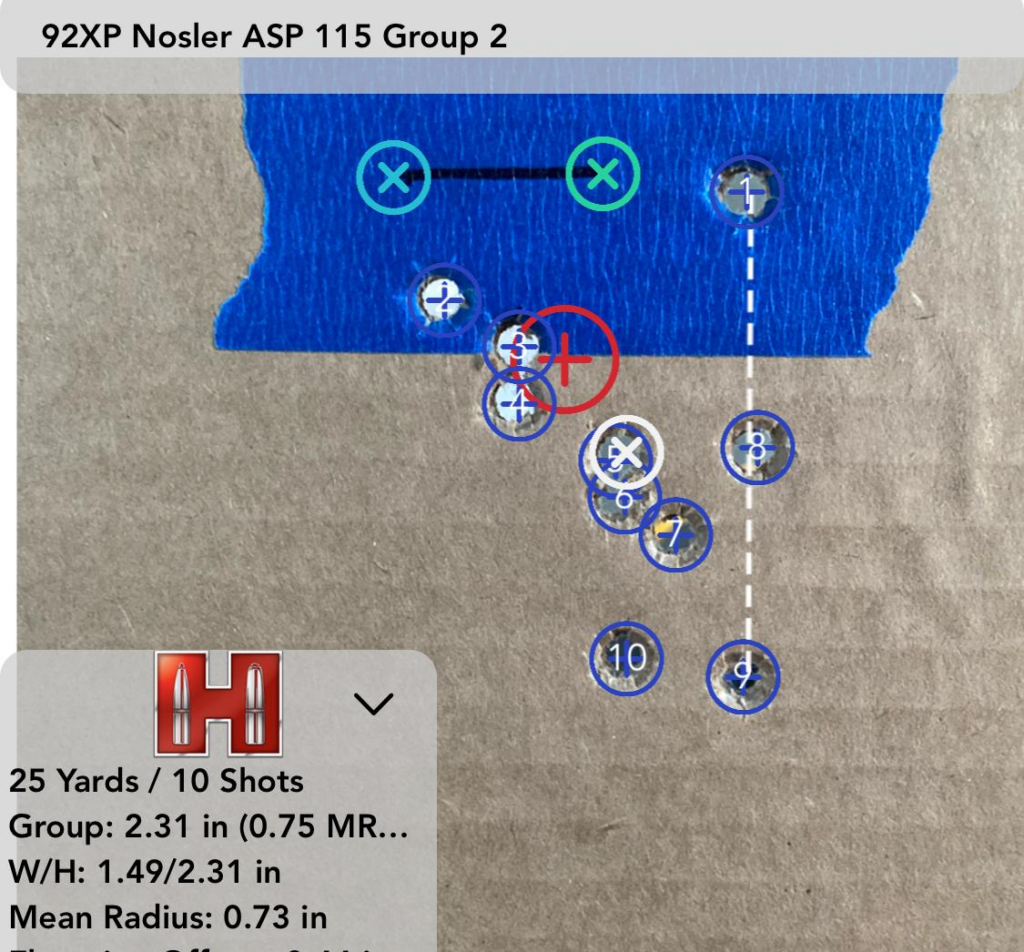
Advertisement — Continue Reading Below
No complaints with the Nosler ASP 115-grain JHP rounds!
Staccato Range 124-Grain FMJ
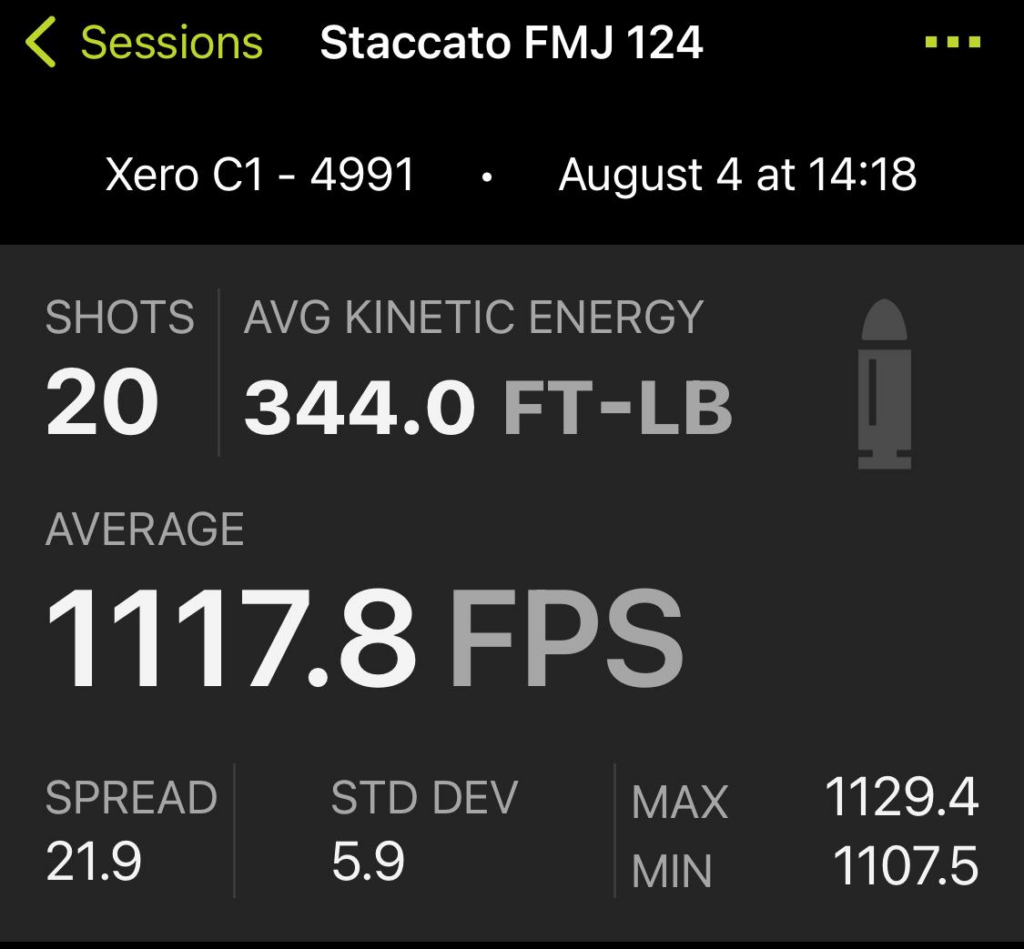
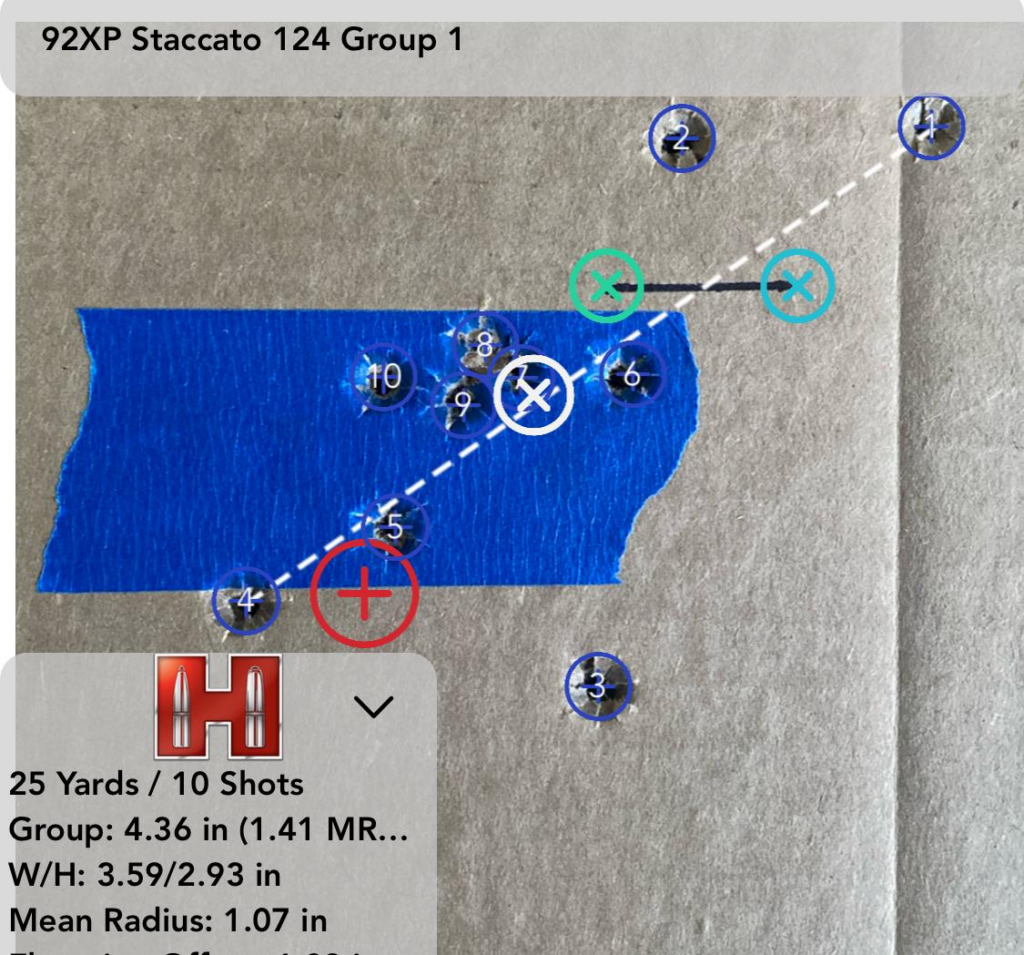
Advertisement — Continue Reading Below

And no complaints with the Staccato Range 124. It’s one of the most consistent general-purpose 9mm cartridges I’ve tested through almost every gun I’ve reviewed in 2024.
Shooting the Beretta 92X Performance
In addition to benching the pistol and shooting those rounds over the chronograph, I was glad to dust off the old girl and shoot a few drills just to remind myself what it feels like to shoot it. So, I did some Bill Drills and shot Gabe White’s Standards. I’ll be honest that I didn’t print the Bill Drills or GWS nearly anywhere I wanted to be, but I can hardly blame the gun for that. After all, while shooting, it wasn’t hard to clock .17 and .18 splits.
Advertisement — Continue Reading Below
Recoil and recovery from each shot wasn’t hard, but my support-hand tension suffered, so many of my shots walked to the C-Zone. Compared to the past, I did walk away from that 80-round range session, wishing that the standard sights were roomier, with more space to allow light to pass between the rear sight notch.
Other than my lack of practice drawing and shooting the Beretta 92X Performance, I did again notice that I wasn’t crazy about the way the thumb safeties were profiled. They were useable but not ideal as the widest part should be set back.
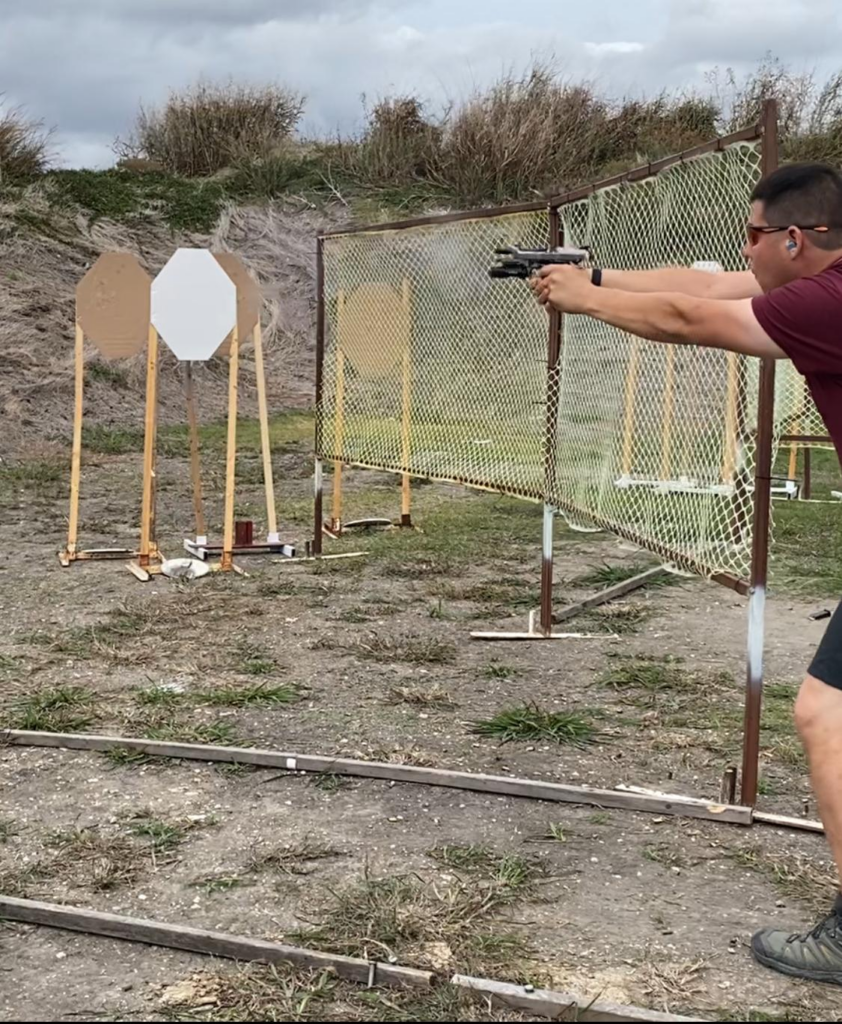
Advertisement — Continue Reading Below
Smooth Operator: The Beretta Locking Block
I briefly touched on the gun’s locking block in Part 1, but between its heavier steel-frame weight and the way this component works, it allows shooters to enjoy a very pleasant recoil impulse regardless of which load is being shot through the pistol. For perspective, this gun weighs 58 ounces with a loaded 18-round magazine and the LOK grips currently installed. All that mass “soaks” up the recoil wonderfully.
The HOP Munitions 147-grain Poly round is loaded to a gentler 900 FPS (factory specs) as it’s meant to be a soft-shooting action pistol competition load. It’s engineered that way in order to make minor power factor.
Because of its softer recoil impulse, most guns need a lighter recoil spring to efficiently cycle these. It was certainly true of two of my Walther PDPs and the Glock 17L. However, when I shot these rounds through the 92X Performance, they cycled just fine with the stock recoil spring! I suspect it’s because of the Beretta 92’s locking-block recoil system, which doesn’t need as much force to unlock. I’m positive that with my gun also being well worn-in is also helpful.
Advertisement — Continue Reading Below
This observation with the gentler HOP Munition load is consistent with my experiences with the rest of my Beretta 92s, not just the 92X Performance. I recall shooting a match with my Wilson Combat Beretta Brigadier Tactical a few years ago at another match. That gun cycled my uber-soft 147-grain handloads with 3.3 grains of HP-38.
The 92’s Locking-Block
There’s something to be said about 92’s locking-block system and its reliability with a wide range of 9mm loads. I don’t want to go off-topic too much, but this is also why Beretta 92s lend themselves well as suppressor hosts. Lastly, it’s not hard for shooters to tune their Berettas; the recoil spring assemblies on Beretta 92s aren’t captured and it’s quite easy to find all manner of different weight springs from various brands.
The Takeaway
As a Beretta 92 fan, I was extremely enthusiastic in 2019 when these formerly rare-steel guns would now be easier to find and competitively priced. Before COVID and inflation assaulted people’s wallets, these guns could be had for a street price of $1200-$1300, new.
I’ve never been shy about expressing my displeasure that the 92X Performance was designed around the Vertec frame. It’s not that the Vertec is terrible per se, but as it’s designed, it causes standard-sized hands to feel very cramped as they grip the frame. To keep the profile, Beretta could have added more length to the bottom of the grip, as that would have increased space and prevented fingers from feeling cramped.
Instead of redesigning the frame that way, I think Beretta would have been best served by taking the original 92 Billennium frame and modernizing it to fit action pistol sports as they’re conducted today. Aside from that, they should have left the beavertail alone. On my personal gun, I’ve rectified the cramp-feeling Vertec grip by installing the LOK Grips Veloce wraparound grip set. This is the best way to restore the grip profile to the curvier original (and a great way of augmenting grip texture in general).
The Beretta 92’s Proven Track Record
The QC and reliability issues this pistol suffered through in the recent past are extremely lamentable. To this day, these guns aren’t as popular in action pistol sports as they could have been. I have no doubt a good portion of this is a downstream effect of that reputation. I’m sure it drove those competitors who were looking for an all-steel hammer-fired pistol to the CZ Shadow 2. However, in fairness, it is still the more affordable of the two and has a robust aftermarket, thanks in part to the CZ-75 family’s sporting pistol dynasty.
Aside from that, any QC issue isn’t an indictment of the Beretta 92 system and proven track record. Though I am biased, I can still perceive the Beretta magic shining through the 92X Performance. It’s no different than picking up a stock Beretta M9 or USGI 1911 and appreciating its inherent qualities that lead to higher-level performance.

